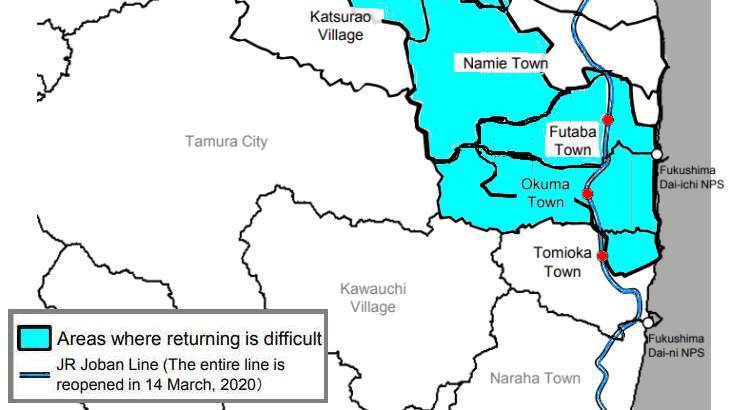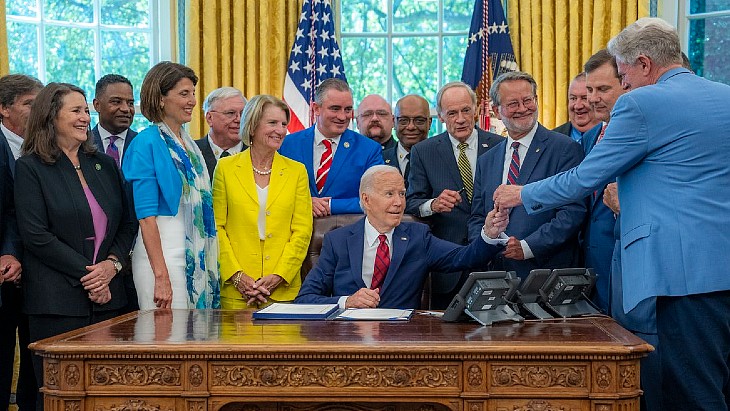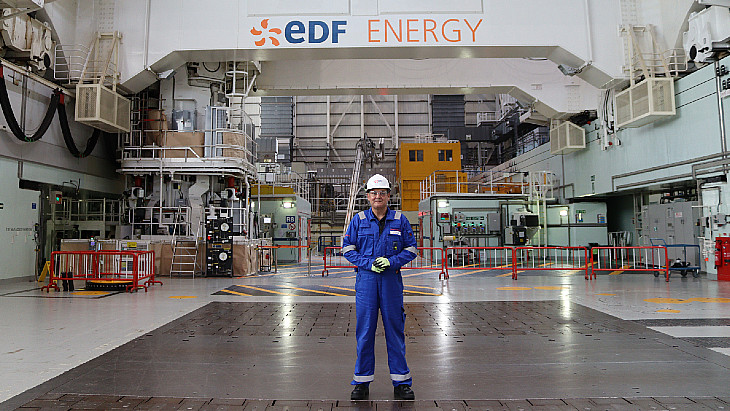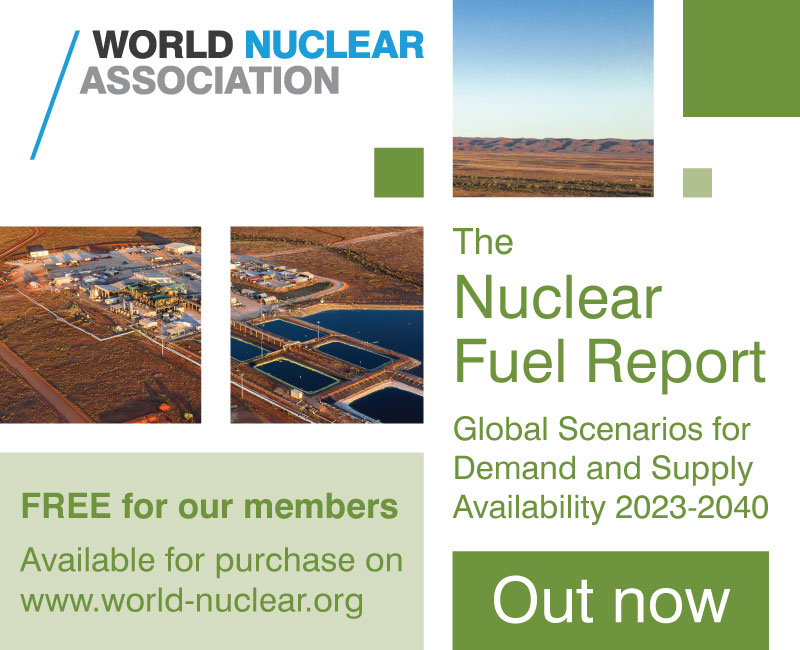Lifting of Fukushima evacuation orders re-opens rail link

The Fukushima Daiichi nuclear power plant sits on the border of two municipalities, Okuma to the south and Futaba to the north. Those towns and many others within 20 kilometres of the plant were evacuated as the accident of March 2011 progressed. A total of 164,000 people were once counted by authorities as having evacuated their homes.
A decision to remove the evacuation orders was made at a 17 January meeting of the nuclear emergency response taskforce, attended by Prime Minister Shinzo Abe. This marks the first cancellation of evacuation orders in areas of Fukushima Prefecture previously designated difficult-to-return zones due to high radiation levels.
The evacuation order in the Nakano district in the northeastern part of Futaba, which includes industrial zones, will be lifted at midnight on 4 March. The order in Okuma, the closest town to the Fukushima Daiichi plant, will be partially lifted at midnight on 5 March. In Tomioka, the evacuation order will be lifted at 6 am on 10 March.
All three areas contain stations on the JR Joban Line, which serves towns near the coast. The section of the line between Tomioka and Namie is currently closed. However, operator East Japan Railway Company expects to fully reopen the line on 14 March.
"The full reopening of the Joban Line will hopefully boost the reconstruction of the affected areas," Abe said. The Olympic torch relay is scheduled to start from the town of Hamadori in Fukushima Prefecture on 26 March. "Since the convenience of transportation in the Hamadori area will further improve, we want many people, including tourists, to visit this area," he said. "I would like to use this as an opportunity to accelerate the recovery of Fukushima."



_58601.jpg)









